Towards understanding the mystery of neuro-development disorders: lessons from animal models, 11th Ludwig Boltzmann Forum, 20 February 2019
Noriko Osumi, Tohoku University, Vice-President. Professor of Neuroscience. Executive Director, United Centers for Advanced Research and Translational Medicine (ART). Director of the Center for Neuroscience.
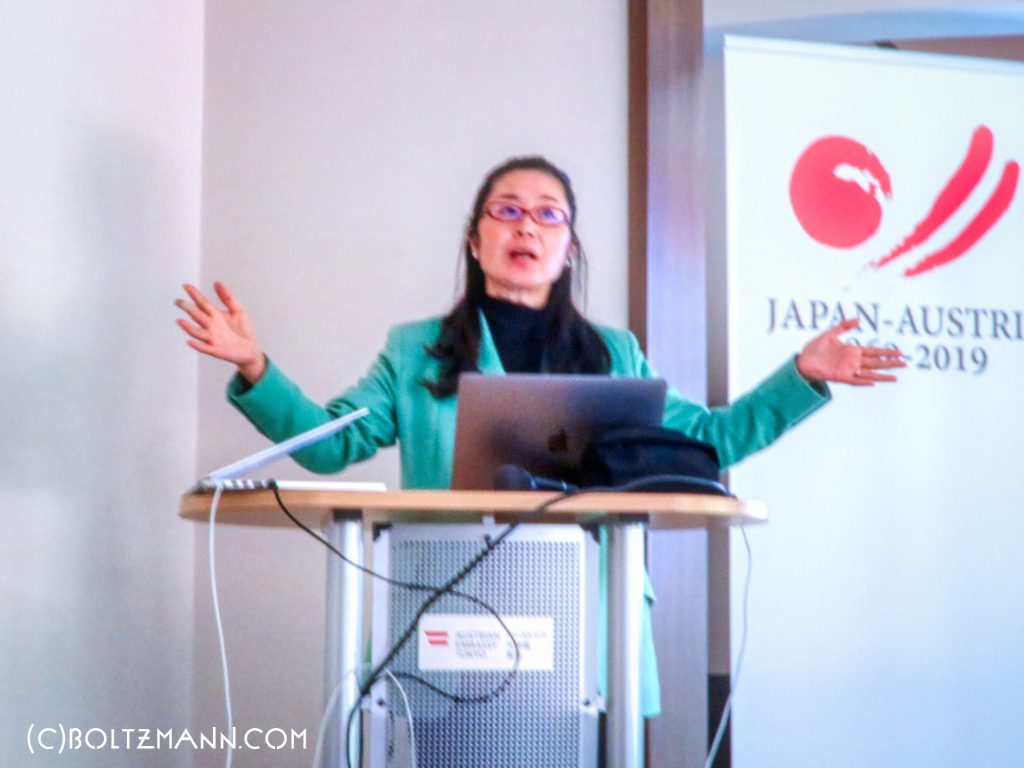
summary written by Gerhard Fasol
The Autism enigma
Autism spectrum disorder (ASD)
Leo Kanner first described autism in 1943 based on a study of 11 children. Autism includes a wide range of brain disorders with three core symptoms:
- social difficulties: uncommon social behavior
- communication disorders
- unusual patterns of highly restricted interests and repetitive behaviors
Despite such uncommon behavior and disorders, an astonishing number of people with ASD show extraordinary achievements in science, arts and other fields. Many historic scientists are thought to have displayed signs of autism or Asperger’s disorder, although it is difficult to diagnose people who are not alive anymore.
Stephen Wiltshire, who was awarded an MBE (Member of the Order of the British Empire) for services to the arts, was diagnosed with autism at the age of three years, and did not speak fully until the age of 9. He is globally famous for his artwork: https://www.stephenwiltshire.co.uk
Asperger’s disorder and other pervasive developmental disorders are also included in the range of ASD.
The prevalence puzzle: an autism pandemic?
Genetic versus environmental?
Studies show a dramatic increase in the occurrence of autism. Research shows an increase from around 1 case of autism among 5,000 in 1975 to 1 case among 110 in 2009, thus a 45 times increase over 34 years.
The causes for autism and the causes for the dramatic rise in occurrence are not understood. Both genetic and environmental causes are investigated.
Concordance rates of ASD for monozygotic twins are several times higher than for dizygotic twins pointing to the importance of genetic factors.
Genetics of autism: the Pax6 gene in the 11p13 chromosome region
The Pax6 gene encodes a transcription factor that is essential both for brain and neurodevelopment, and also throughout life in certain regions of the brain. The human Pax6 gene has also been linked to the WAGR (Wilm’s tumor, Aniridia, Genito-urinary malformations and mental Retardation) syndrome, which is a rare genetic disease caused by chromosomal deletion of the 11p12-p14 chromosome region. Studies have identified Pax6 mutations in patients with mental retardation and autism. Professor Osumi’s recent research also indicates that autistic patients carry rare Pax6 mutations, and that Pax6 dysfunction during neurodevelopment might cause autistic disorder.

The Pax6 gene is located on the human Chromosome 11.

Offspring from aged fathers show abnormal brain structure and impaired behavior
Professor Osumi introduced research on laboratory mice as a model for the influence of aging fathers on abnormalities in brain development and behavior.
Paternal age has been shown in human studies to be related to higher risks for psychiatric disorders such as schizophrenia and ASD, bipolar disorder, reduced IQ, and impaired social functioning. In rodents, paternal aging causes learning deficit, impaired social behavior and hyper anxiety. Professor Osumi explained her research to clarify underlying molecular mechanisms.
Professor Osumi’s studies on mice showed that paternal aging influenced
- body weight
- maternal separation-induced vocal communication (USV = ultrasonic vocalization)
- sensorimotor gating
- spatial learning
and abnormalities were observed in the brain regions related to behavioral impairment.
Genetic mutation versus epigenetic mechanisms
Studying mice over three generations, eg. aged grandfather, young father, can indicate whether aging leads to genetic mutation or to epigenetic changes, ie heritable changes that do not involve changes to genes.
In recent studies on mice, Professor Osumi found support for a model, where paternal aging induces leaky expression of REST/NRSF [RE1-silencing transcription factor (REST), neuron-restrictive silencer factor (NRSF)] target genes, that have been marked with hypo-methylation in a sperm cell.
References.
- Leo Kanner and autism: a 75-year perspective, James Harris, International Review of Psychiatry 30 (2018) 3-17, https://doi.org/10.1080/09540261.2018.1455646
- The Autism Enigma, a collection of articles in Nature http://nature.com/autism
- Evaluation of Pax6 mutant rat as a model for autism, Toshiko Umeda, Noriko Takashima, Ryoko Nakagawa, Motoko Maekawa, Shiro Ikegami, Takeo Yoshikawa, Kazuto Kobayashi, Kazuo Okanoya, Kaoru Inokuchi, Noriko Osumi, PLoS ONE, 5, e15500 (December 2010) http://dx.plos.org/10.1371/journal.pone.0015500
- The Role of the Transcription Factor Pax6 in Brain Development and Evolution: Evidence and Hypothesis, Noriko Osumi and Takako Kikkawa, R. Kageyama and T. Yamamori (eds.), Cortical Development: Neural Diversity and Neocortical Organization, DOI 10.1007/978-4-431-54496-8_3, Springer Japan 2013, Chapter 3.
- Conserved and divergent functions of Pax6 underlie species-specific neurogenic patterns in the developing amniote brain, Wataru Yamashita, Masanori Takahashi, Takako Kikkawa, Hitoshi Gotoh, Noriko Osumi, Katsuhiko Ono and Tadashi Nomura, Published by The Company of Biologists Ltd | Development (2018) 145, dev159764. doi:10.1242/dev.159764
- Role of Fabp7, a Downstream Gene of Pax6, in the Maintenance of Neuroepithelial Cells during Early Embryonic Development of the Rat Cortex, Yoko Arai, Nobuo Funatsu, Keiko Numayama-Tsuruta, Tadashi Nomura, Shun Nakamura, and Noriko Osumi, The Journal of Neuroscience, (October 19, 2005),25(42):9752–9761
- Paternal age affects offspring’s behavior possibly via an epigenetic mechanism recruiting a transcriptional repressor REST, Kaichi Yoshizaki, Tasuku Koike, Ryuichi Kimura, Takako Kikkawa, Shinya Oki, Kohei Koike, Kentaro Mochizuki, Hitoshi Inada1, Hisato Kobayashi, Yasuhisa Matsui, Tomohiro Kono, Noriko Osumi, bioRxiv preprint first posted online Feb 15, 2019, doi: http://dx.doi.org/10.1101/550095 , https://www.biorxiv.org/content/10.1101/550095v1
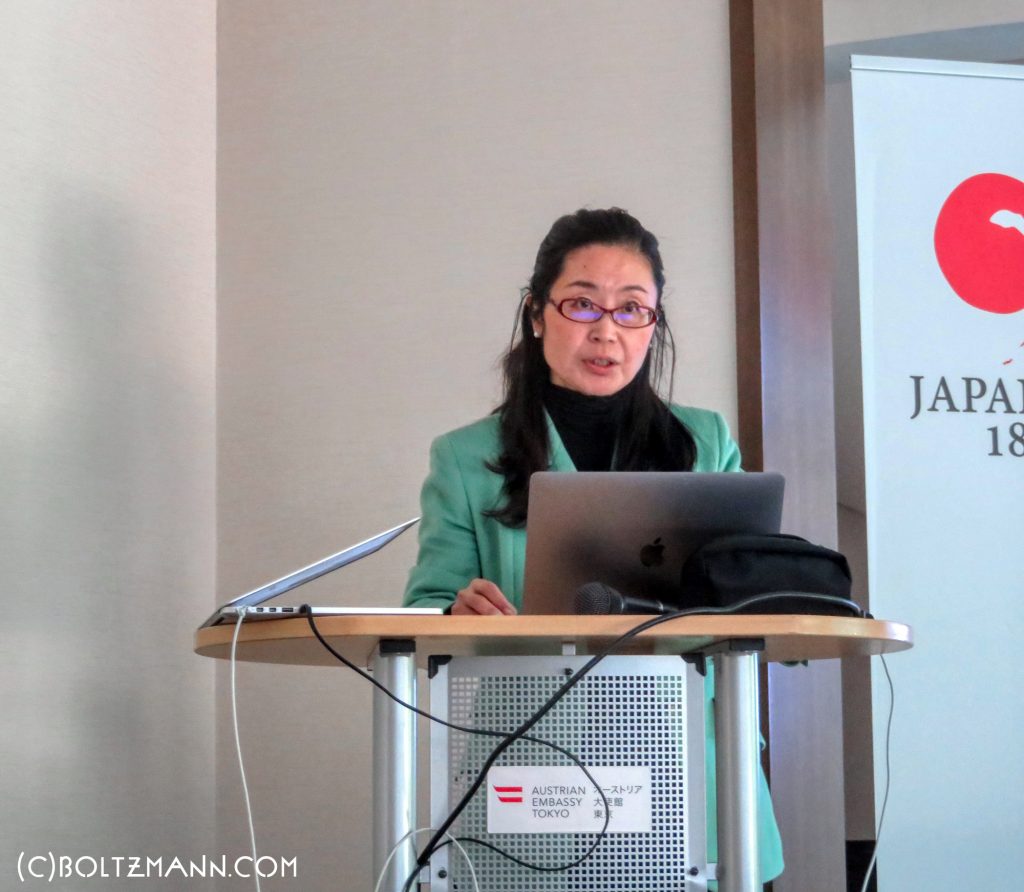
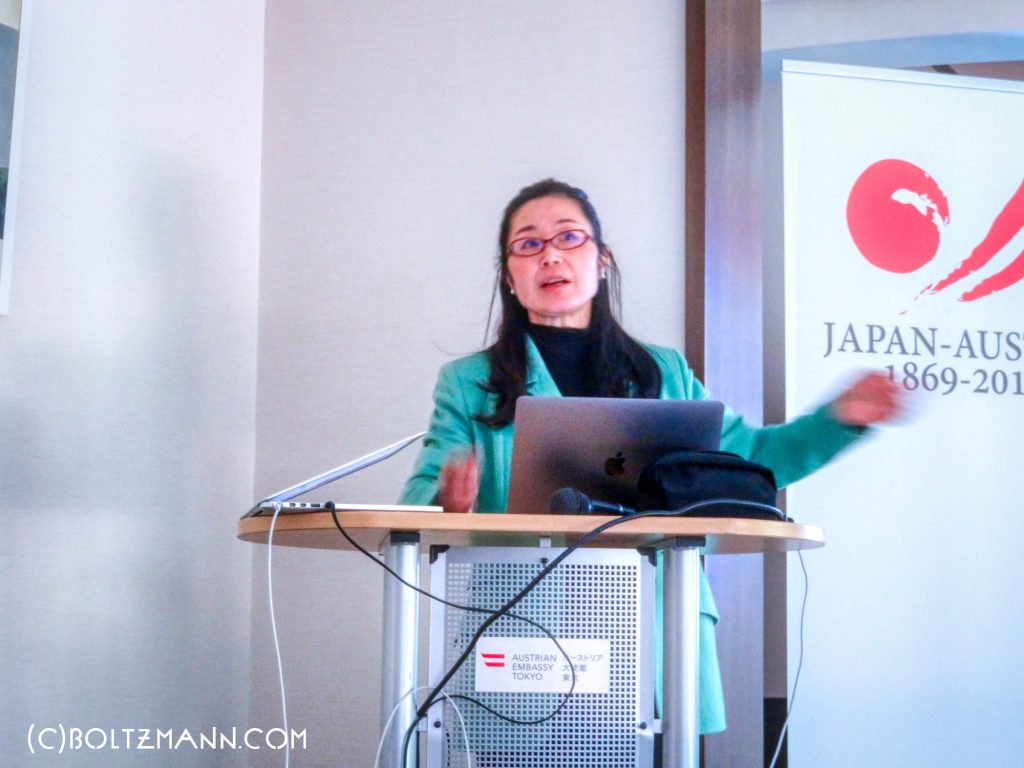
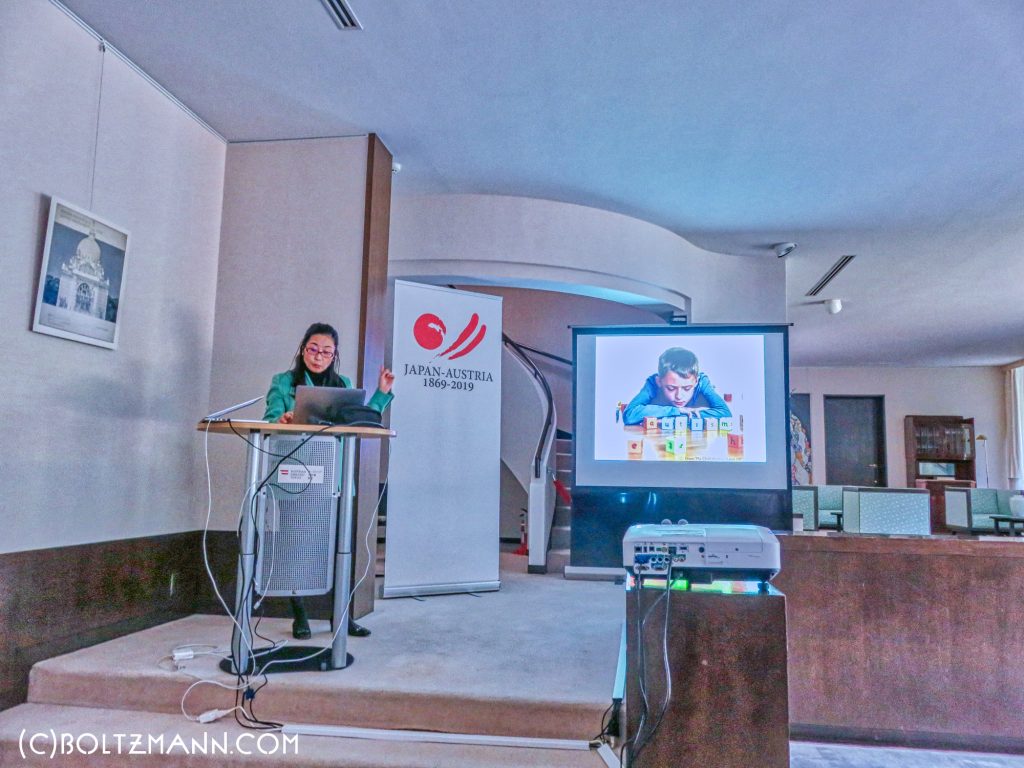

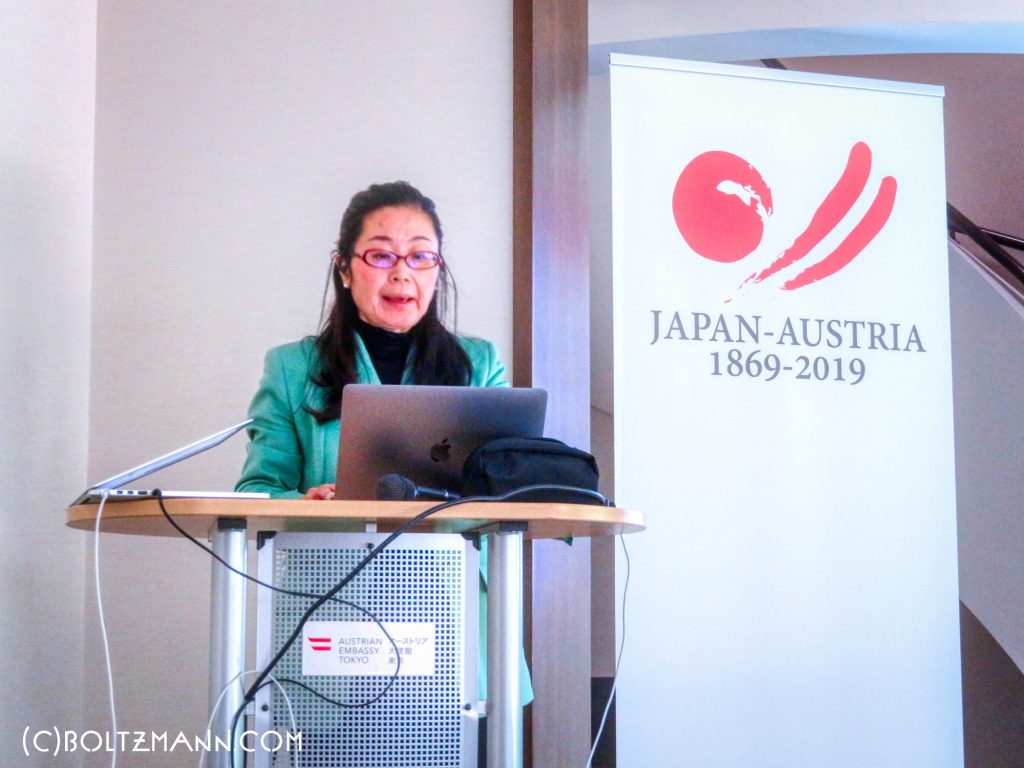
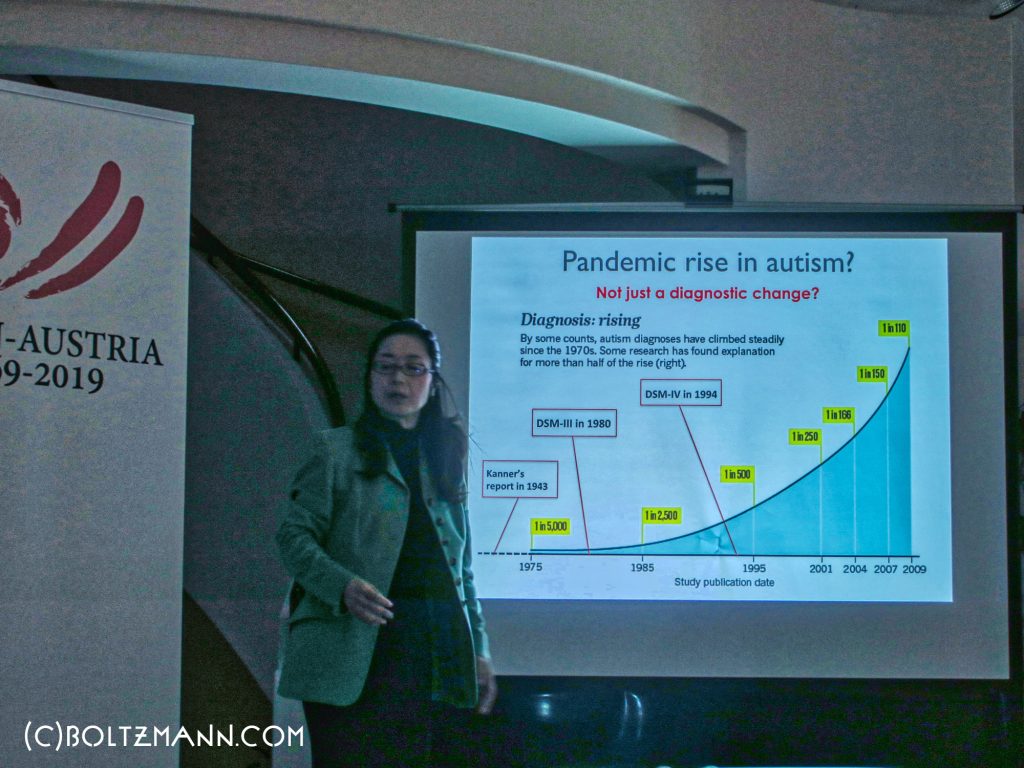
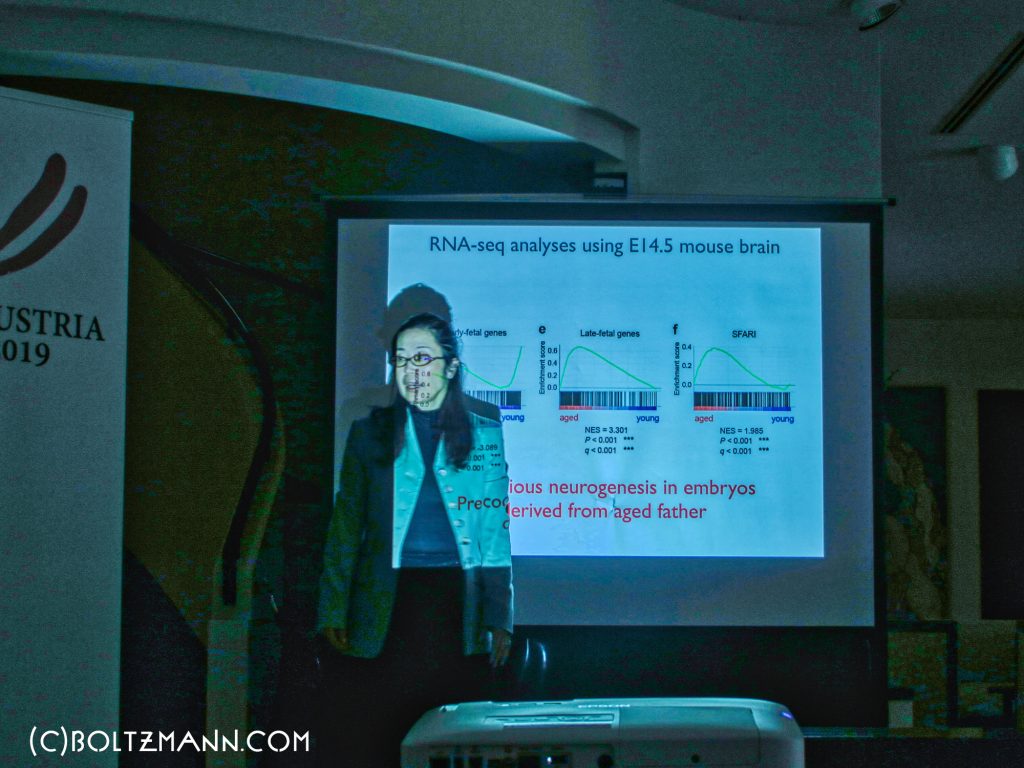
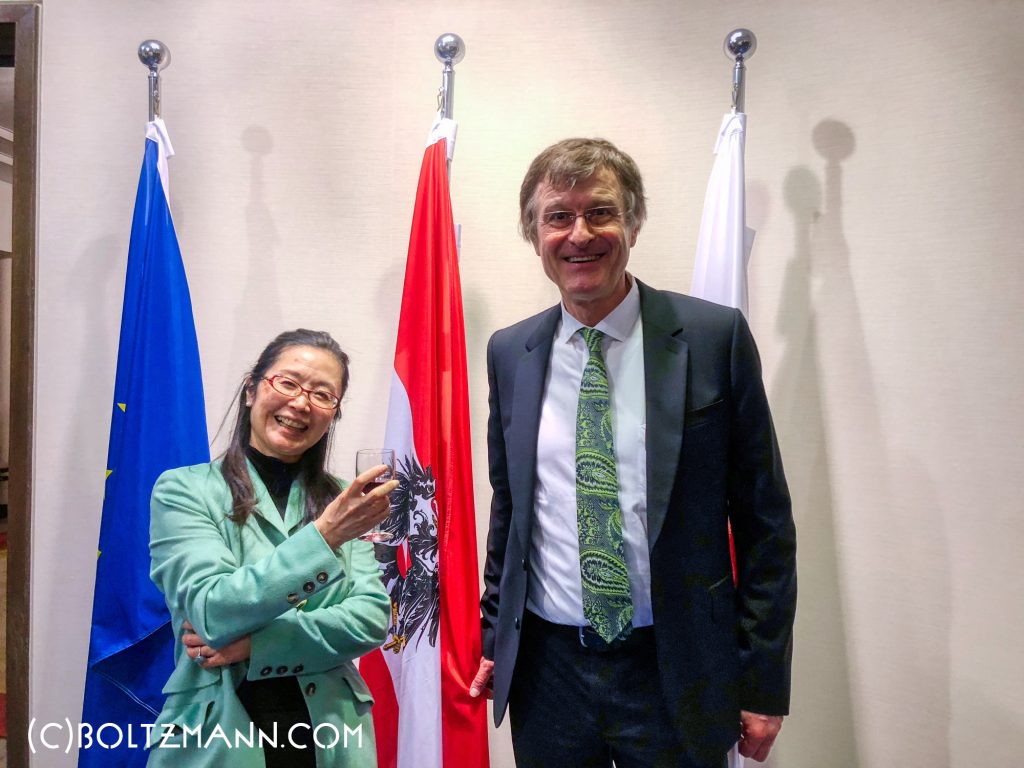
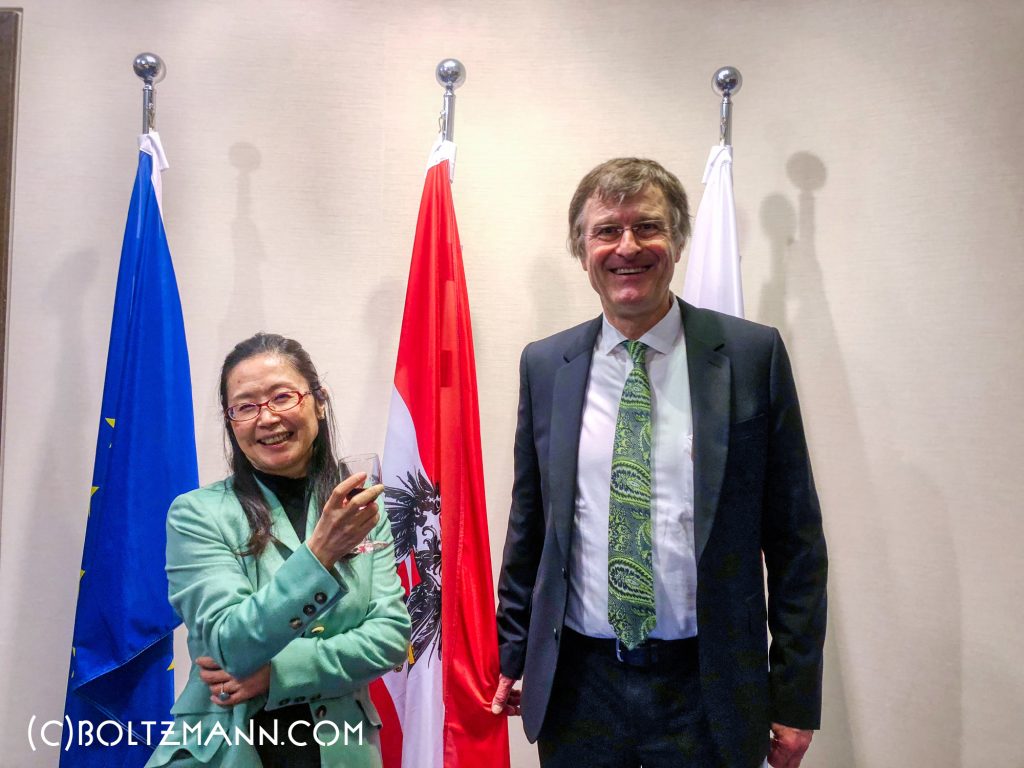
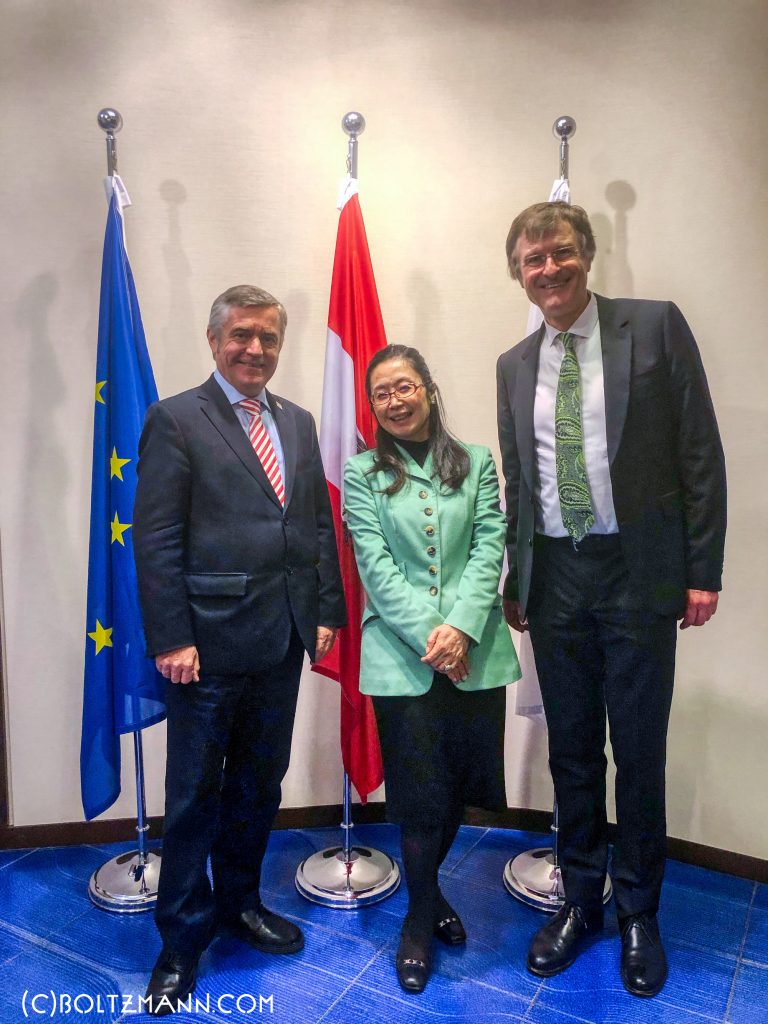
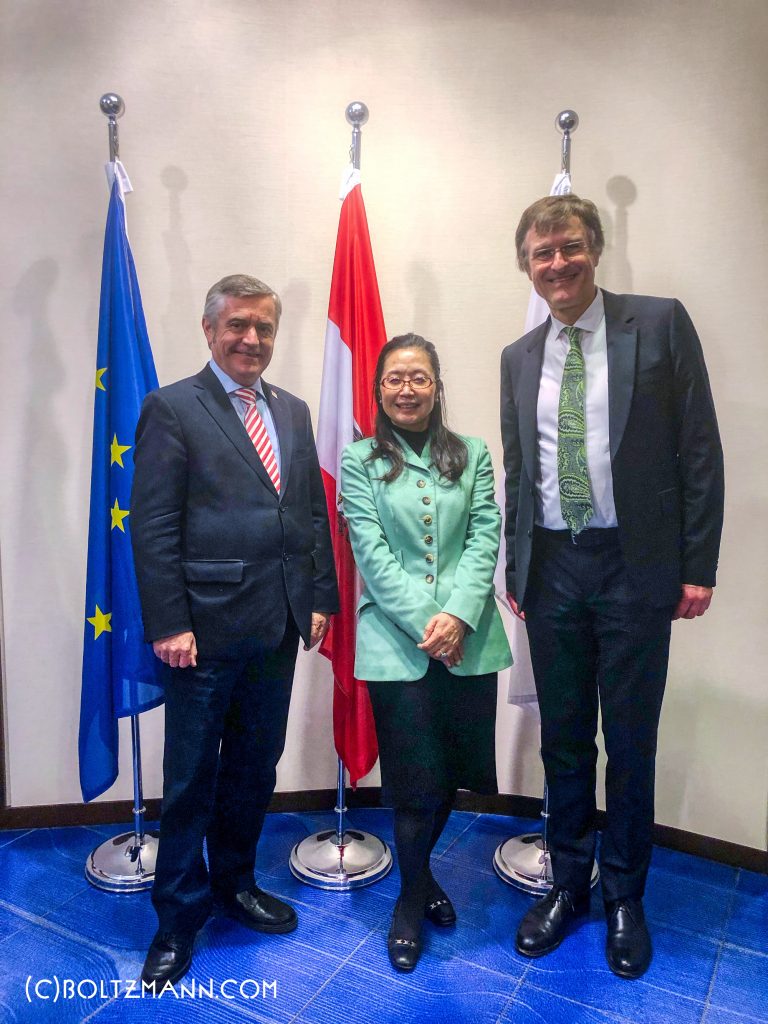
Copyright (c) 2019 Eurotechnology Japan KK All Rights Reserved
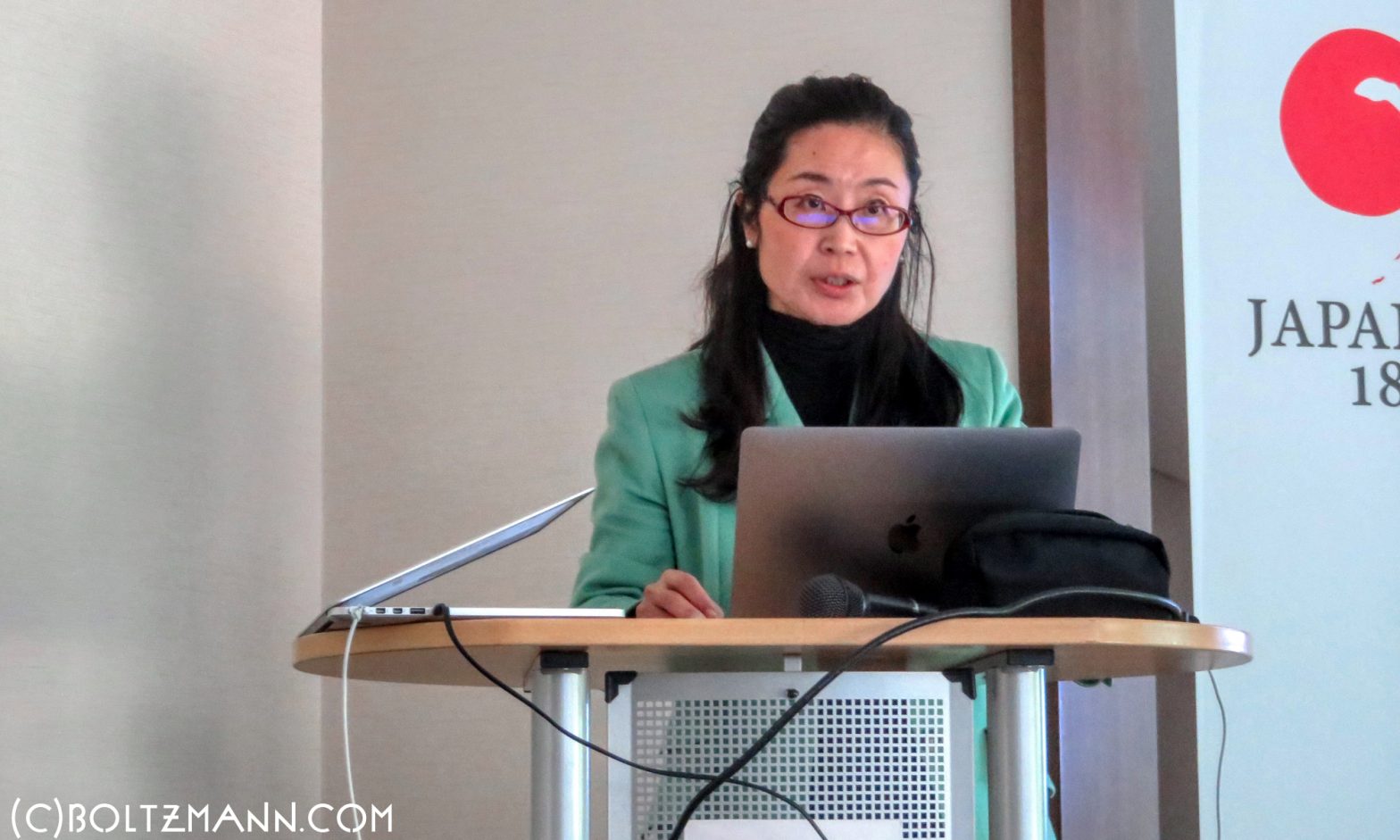
Leave a Reply